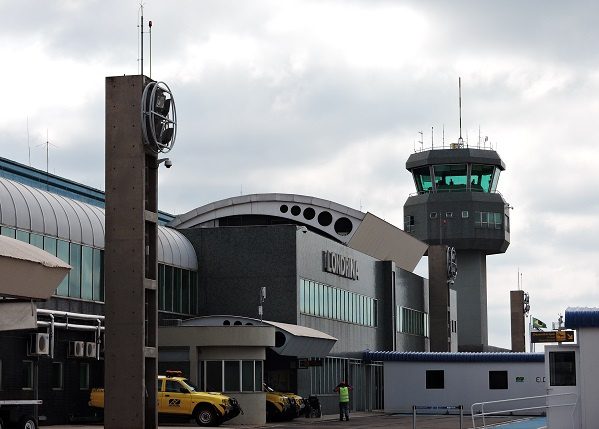Infraero, Empresa Brasileira de Infraestrutura Aeroportuária is one of the three largest airport operators in the world, managing 54 airports across Brazil. It facilitates more than 100 million passengers each year, accounting for nearly 60 percent of Brazil’s air traffic. Infraero is creating a parametric 3D model and database of Londrina Airport’s underground, land, and above-land information to improve its business intelligence and operations.
Londrina Airport will be the first in Brazil to have a digital twin. The final product will include 3D modeling of 20 buildings, one take-off-and-landing runway, two aircraft yards, taxiways, and access roads—a total airport surface area of 920,354 square meters. Infraero is going digital to improve its business intelligence and decision making.
By leveraging digital DNA to manage its assets, Infraero can take a more preventative approach to maintenance, effectively use airport space, and improve airport safety. Maintenance teams will be able to utilize real-time monitoring and control of assets for improved efficiency of remote asset management. The model will serve as a large-scale information repository to improve performance and obtain data more efficiently.
The digital engineering information, or digital DNA, of the project was modeled using Bentley’s design software. MicroStation’s point-cloud import feature enabled the team to model the entire airport via point clouds and conduct point-cloud studies to verify the existing facilities. OpenBuildings Designer was used to model existing buildings, such as the passenger terminal, cargo terminal, and fire station. OpenRoads was used to create the geometric project and runway system surfaces map: a comprehensive model of take-off and landing runways, taxiways, and service roads. When complete, the comprehensive building and infrastructure model will serve as a basis for future airport expansion projects, enable effective maintenance, cut maintenance costs, and increase asset availability. The live model will also facilitate a range of studies: passenger flow, demand and capacity, layout changes, and launch studies for new commercial areas…



